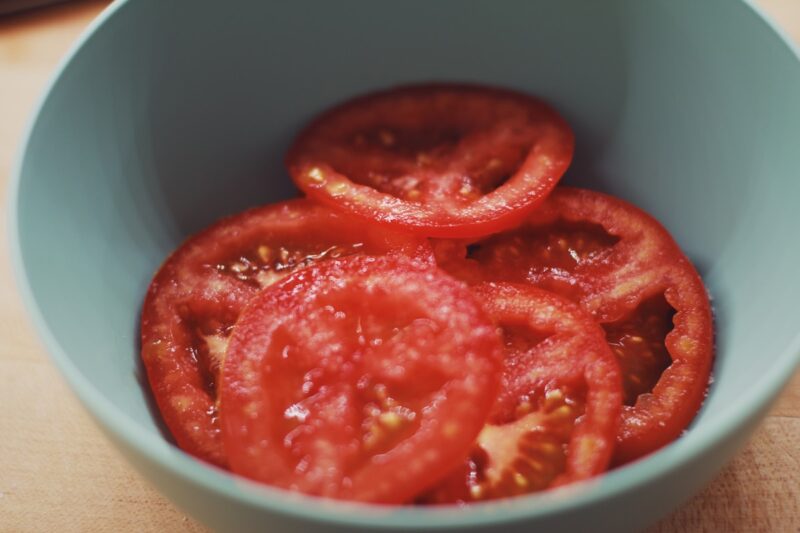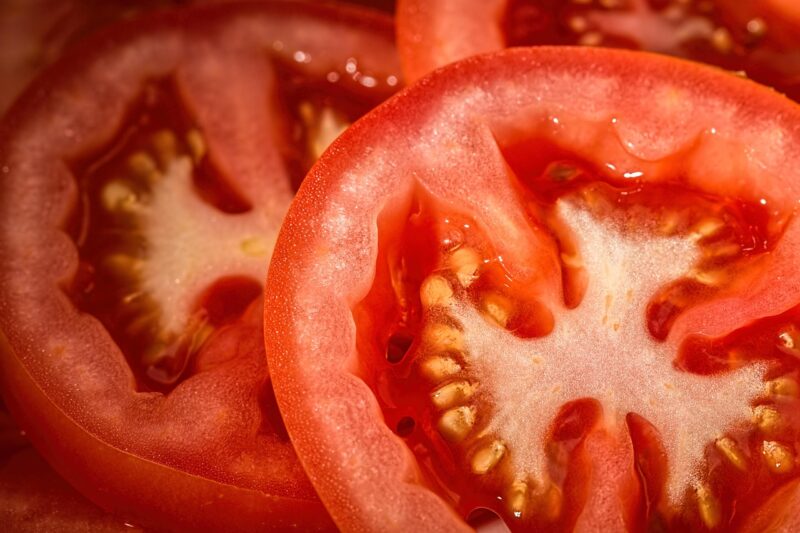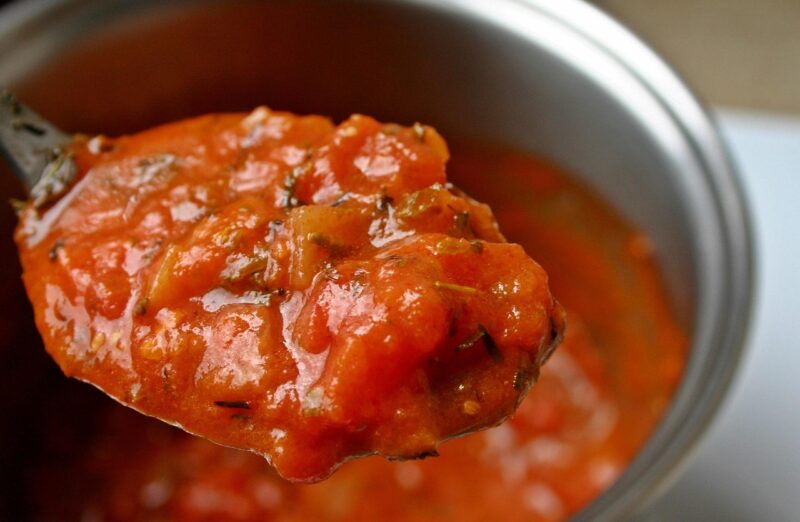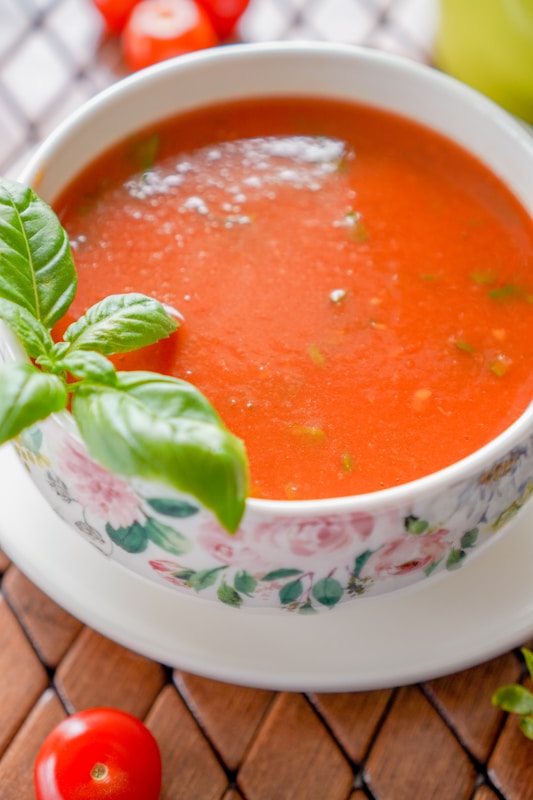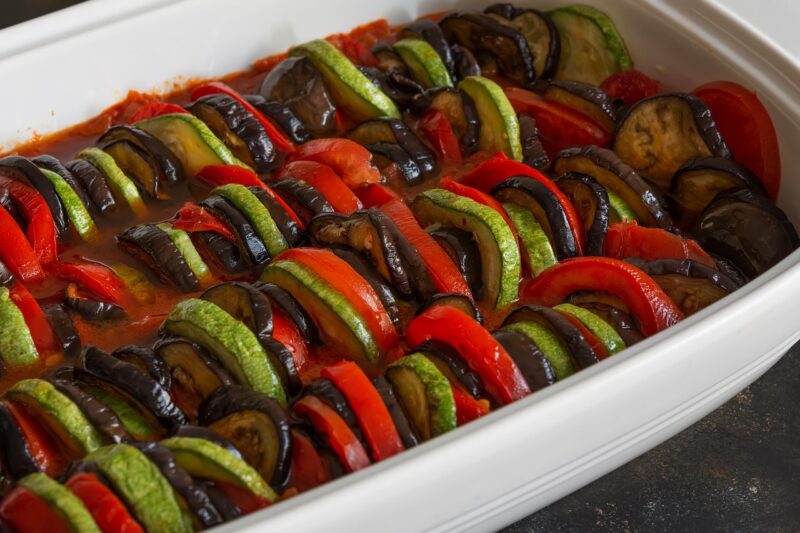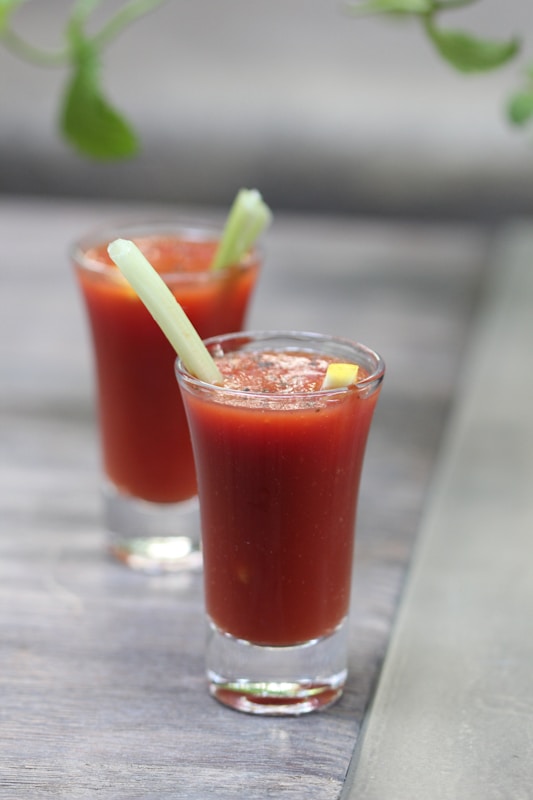Tomatoes are a kitchen staple, renowned for their vibrant flavor and versatility. Whether used in salads, sauces, or salsas, there’s nothing like the taste of fresh tomatoes. However, as summer wanes and the harvest season comes to an end, many home gardeners and culinary enthusiasts find themselves with an abundance of tomatoes.
The question then arises: Can you freeze tomatoes? The answer is yes! Freezing tomatoes is a fantastic way to preserve their freshness and enjoy them long after the growing season has passed.
This guide will explore the ins and outs of freezing tomatoes, including the best methods, tips for preparation, potential challenges, and creative ideas for using your frozen bounty. So, grab your apron and let’s learn how to make tomatoes last all year round!
Understanding Tomatoes: Types and Best Uses
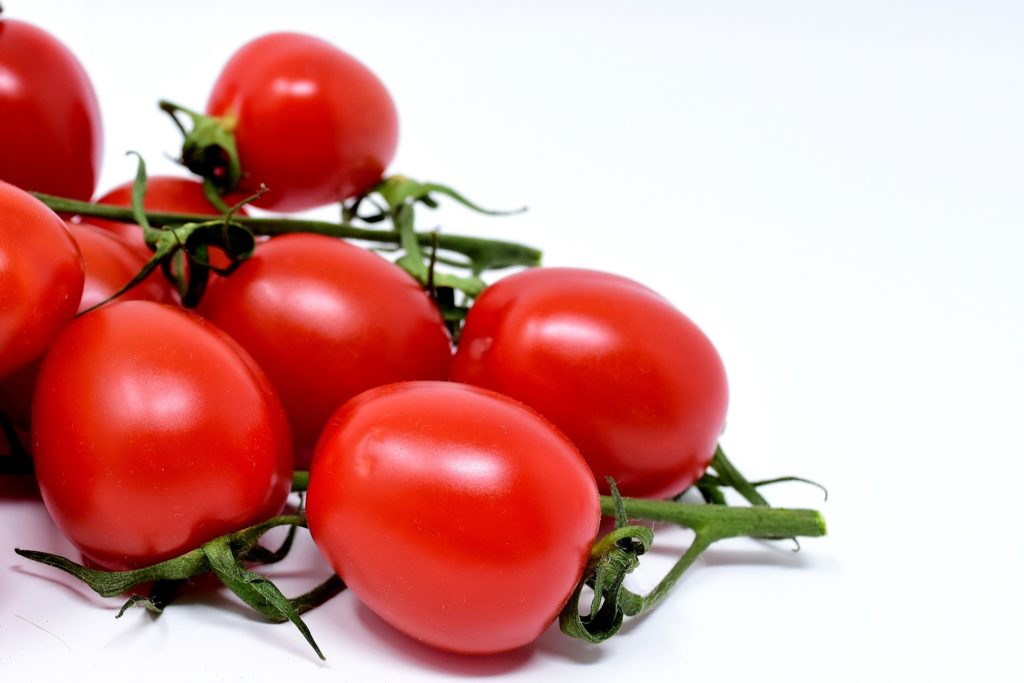
Before we dive into the freezing process, it’s essential to understand the different types of tomatoes and their respective culinary uses.
Roma Tomatoes: Known for their dense flesh and low moisture content, Roma tomatoes are excellent for sauces and canning. Their thick skin also makes them easier to peel.
Cherry and Grape Tomatoes: These small, sweet varieties are perfect for snacking, salads, or roasting. While they freeze well, their high water content means they may be a bit mushy upon thawing.
Beefsteak Tomatoes: With their juicy, large size, these tomatoes are ideal for sandwiches and burgers. Freezing them can lead to a loss of texture, but they remain delicious in cooked dishes.
Heirloom Tomatoes: Famous for their unique flavors and colors, heirloom tomatoes can be used in a variety of ways. Their delicate nature makes them less suitable for freezing unless handled properly.
Green Tomatoes: Unripe tomatoes offer a tangy flavor and are perfect for frying or pickling. Freezing green tomatoes can be an interesting way to experiment with flavors in the off-season.
Knowing your tomatoes will help you maximize their flavor potential when frozen. Now that we have covered this, let’s move on to how best to freeze these delightful fruits.
The Freezing Process: Step-by-Step
Freezing tomatoes doesn’t require high-tech gadgets or extensive time investment. Here’s a simple approach to get started:
1. Selecting Your Tomatoes
Choose ripe tomatoes without blemishes. The best time to freeze is right before they begin to spoil. You can also incorporate slightly overripe tomatoes, ensuring they are still safe to consume.
2. Washing and Preparing
Wash your tomatoes under cold water to remove any dirt or pesticides. Afterward, dry them gently with a clean dish towel.
3. Blanching (Optional but Recommended)
Blanching helps preserve the color and flavor of your tomatoes, making for a better end product. To blanch, boil water in a large pot, and prepare a bowl of ice water nearby.
Step: Drop the tomatoes in the boiling water for about 30 seconds.
Step: Quickly transfer them to the ice water to halt the cooking process.
Step: Once cooled, you can easily peel off the skin if desired.
This step is particularly useful for varieties like Roma tomatoes, where the skin can be thicker.
4. Cutting and Prepping for Freezing
Next, decide how you’ll use your frozen tomatoes. You can freeze them whole, diced, or pureed:
Whole: Place whole tomatoes in freezer-safe bags or containers.
Diced: Chop into desired sizes, and spread them in a single layer on a baking sheet to freeze before transferring them to bags. This method prevents clumping.
Pureed: Blend the tomatoes into a smooth consistency and pour them into ice cube trays for convenient portioning.
5. Storage
Once the tomatoes are properly prepared, seal them in airtight freezer bags or containers, removing as much air as possible to prevent freezer burn. Label each bag with the date for future reference.
6. Freezing
Place your prepared tomatoes in the coldest part of your freezer. They can be stored for up to 8-12 months, maintaining their flavor and nutritional value.
How to Use Frozen Tomatoes
Now that your tomatoes are safely frozen, let’s explore how to incorporate them into your meals.
Sauces and Soups
Frozen tomatoes are fantastic for creating sauces, soups, and stews. Simply add them directly to the pot without thawing. Their natural juices will provide flavor and body to your dishes.
Casseroles and Bakes
Defrosting tomatoes for casseroles or baked dishes can elevate a simple recipe. The flavors meld beautifully while the dish cooks, offering a comforting meal that speaks of summer.
Smoothies and Juices
If you’re after a refreshing drink, toss some frozen tomatoes into your blender for a vibrant smoothie. Add other fruits and vegetables to create a nutrient-packed drink that’s both delicious and filling.
Salsas and Dips
Frozen tomatoes can be used in salsas and dips, offering a fresh taste even in winter months. Thawed diced tomatoes make a great base for a zesty salsa combined with onions, cilantro, and lime.
Stuffing and Garnishing
Use frozen diced tomatoes to stuff vegetables such as bell peppers, or sprinkle them on pizzas and sandwiches after quick thawing. Their vibrant color will enhance the plate’s aesthetic.
Addressing Common Concerns
Quality and Texture
One of the main concerns when it comes to freezing tomatoes is their texture. Thawed, they’ll often be softer or mushy compared to fresh ones. This is particularly true for high-water varieties like cherry tomatoes. Embracing this change in texture helps you adapt your recipes accordingly. Cooked dishes often benefit from the softness of thawed tomatoes.
Freezing Methods: Whole vs. Diced
The decision between freezing whole versus diced tomatoes usually depends on personal preference and how you plan to use them. Whole tomatoes hold up well, while diced tomatoes are more convenient for immediate use in recipes. Experimenting with both methods can lead to delicious discoveries in your cooking.
Flavor Loss and Nutritional Value
Freezing, when done properly, retains the bulk of a tomato’s flavor, color, and nutrients. While some fresh flavor may diminish, the essence remains remarkably intact.
Thawing Techniques
Thaw your tomatoes by transferring them to the refrigerator a few hours before use or by placing them directly in warm water. For immediate needs, cooking them from frozen is perfectly acceptable.
Creative Recipes With Frozen Tomatoes
To inspire you further, here are some intriguing recipes that make great use of frozen tomatoes.
Classic Tomato Sauce
Start with frozen diced tomatoes. In a large pot, add olive oil, some minced garlic, and onions. Cook until softened, then add your tomatoes. Season with salt, pepper, and fresh herbs to create a comforting sauce that can be used on pasta or pizza.
Tomato Basil Soup
Whip up a bowl of tomato basil soup with frozen pureed tomatoes. Combine the puree with vegetable broth, a splash of cream, and fresh basil to create a rich and creamy delight. Serve with crusty bread for a soul-warming meal.
Shakshuka
Use your frozen tomatoes in a Shakshuka, a Middle Eastern dish starring poached eggs in a spicy tomato sauce. Sauté onions and bell peppers, add the tomatoes, and season with spices before cracking the eggs right into the sauce. Cook until the eggs are just set, and enjoy with warm bread.
Ratatouille
Ratatouille is a perfect use for assorted frozen vegetables, and tomatoes play a starring role. Combine frozen diced tomatoes with zucchini, eggplant, and peppers to create a colorful, nutritious dish that evokes the flavors of Provence.
Tomato Juice
Blend thawed tomatoes with a splash of lemon juice and spices to create a refreshing tomato juice. This drink can be enjoyed chilled, or even used as a base for Bloody Mary cocktails.
Final Thoughts on Freezing Tomatoes
Freezing tomatoes is not only feasible; it’s a rewarding venture that allows you to savor summer flavors all year long. Embracing the freezing process means you’ll unlock an array of culinary possibilities—whether you aim to whip up quick dinners on busy nights or enjoy a taste of summer during the chilly months.



